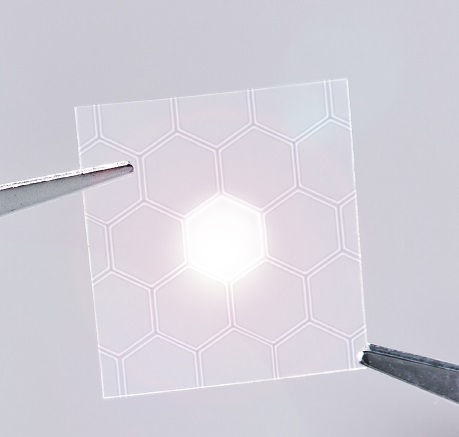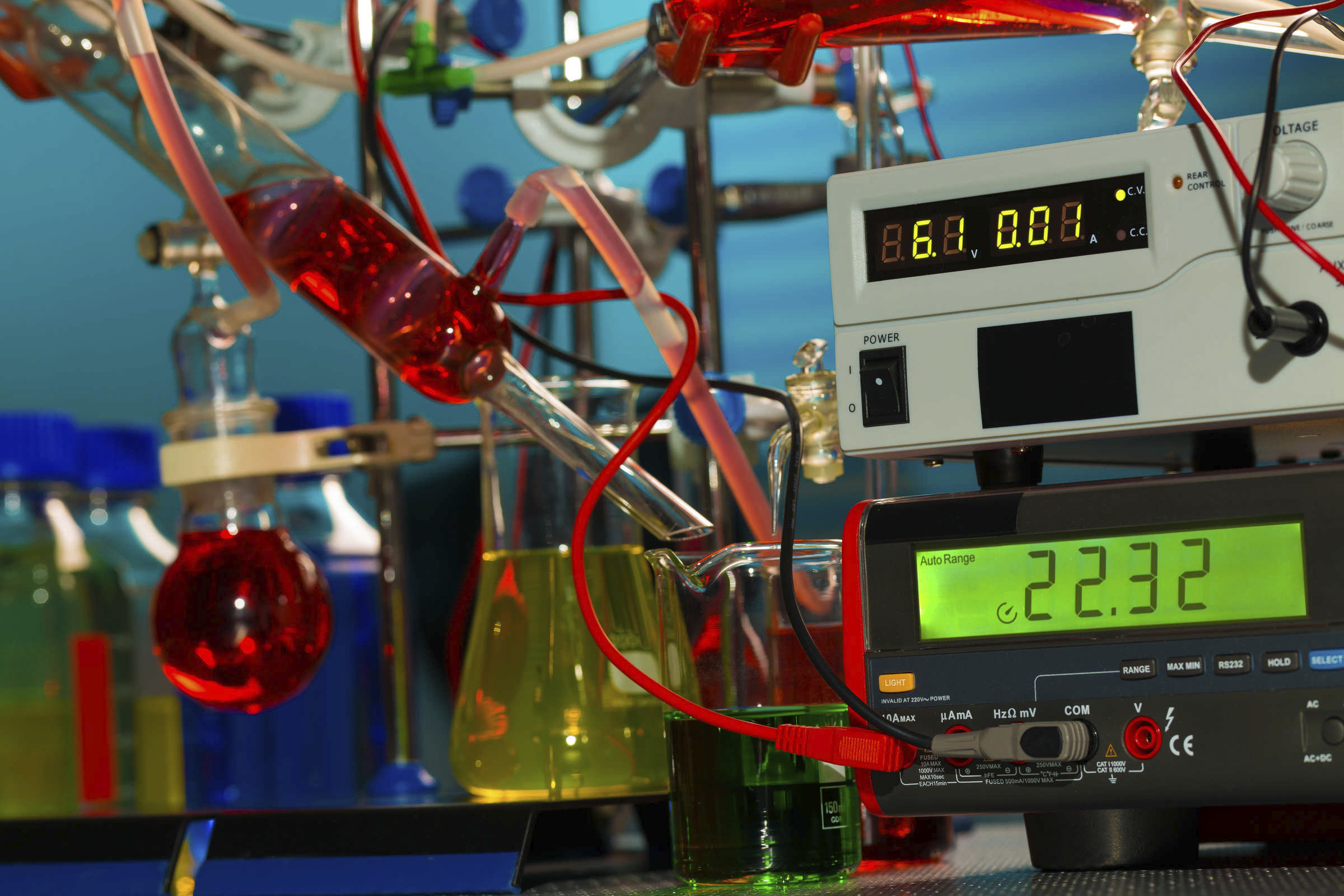Five materials that changed the world
(and five that will transform the future)

The success of human civilization throughout history has hinged on its ability to manipulate and utilize the materials found on our planet. Each new material provided advantages that gave early cultures the ability to survive the elements, conquer nature, vanquish their enemies and build a better life.
Now, our focus has switched to devising and manufacturing whole new materials, some with the potential to transform our world again.
Here, we explore five key materials that got us here, and five more that could have a significant impact on the future of humanity.




















